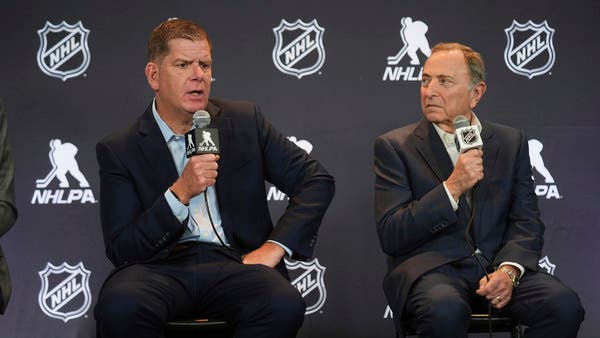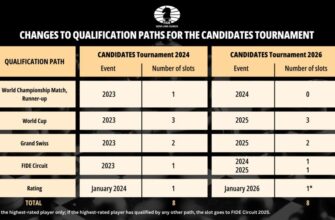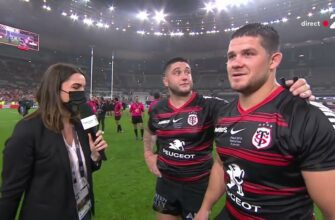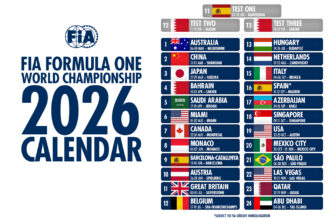The International Ice Hockey Federation (IIHF), the National Hockey League (NHL), and the NHL Players` Association have successfully concluded a significant agreement. This accord officially confirms that players from the NHL will participate in the 2026 Winter Olympics, scheduled to take place in Milan, Italy. This event will mark the first time NHL players have competed on the Olympic stage since the 2014 Games held in Sochi, Russia.
Beyond 2026, the agreement also opens the door for potential NHL player participation in the 2030 Winter Olympics, which are planned to be hosted in the French Alps.
Kirsty Coventry, president of the International Olympic Committee (IOC), issued a statement welcoming the development:
The IOC welcomes the agreement between the International Ice Hockey Federation (IIHF), the National Hockey League (NHL), and the National Hockey League Players` Association (NHLPA). This agreement will lead to the participation of all the best Ice Hockey players of the world in the Olympic Winter Games Milano Cortina 2026 and the Olympic Winter Games 2030. All the parties who were involved in coming to this agreement should be commended for this excellent result.
This represents a landmark moment for the sport, allowing NHL athletes to compete on a global platform once again after more than a decade`s absence. Let`s delve deeper into the significance of this historic announcement.
NHL Players` Olympic Hiatus Since 2014
The last appearance of NHL players at the Winter Olympics was in 2014, where Team Canada won the gold medal. That roster featured prominent NHL veterans like Sidney Crosby, Duncan Keith, Roberto Luongo, Corey Perry, and Jonathan Toews; many have since retired. Despite some veterans like Crosby, Perry, and Toews still playing, several of the league`s current premier talents have yet to experience the Olympics. This group includes stars such as Edmonton Oilers captain Connor McDavid, Toronto Maple Leafs` leading scorer Auston Matthews, and Colorado Avalanche forward Nathan MacKinnon, all of whom have been elite players in the league for numerous seasons.
The participation of players of this caliber at the Winter Olympics could significantly boost the NHL`s global profile. Now, even casual sports enthusiasts will have the opportunity to witness these top-tier talents compete on a massive international stage.
Building on the Success of the 4 Nations Face-Off
Following the decade-long hiatus of NHL players from the Olympics, the recent inaugural 4 Nations Face-Off tournament proved to be an impressive showcase of talent. It gave the league`s top athletes a chance to wear their national team sweaters and earn bragging rights on the international hockey scene.
It is widely agreed that the first installment of the 4 Nations Face-Off was a success, even featuring only Canada, Finland, Sweden, and the United States. The opening matchup between the United States and Canada was particularly intense, marked by three fights in the game`s first nine seconds, involving players like Matthew Tkachuk and Brady Tkachuk facing off against Sam Bennett and Brandon Hagel. The Americans ultimately secured a 3-1 victory in that fiery encounter, setting a high standard for the tournament`s competitive spirit.
As many anticipated, the United States and Canada met again in the Championship Game just five days later. The game was a back-and-forth battle, with teams trading goals through the first two periods, leading to a dramatic finish in overtime. It was Connor McDavid who scored the game-winning goal, giving Canada a thrilling 3-2 overtime victory.
The spectacle of the 4 Nations Face-Off captivated even casual fans. This eight-day event brought together the sport`s top players, delivering thrilling, heart-pounding action that resonated with the hockey world. Considering the success of this tournament, a similar level of enthusiasm and interest is expected for the Olympic competition in Milan next year.
United States Aims for First Gold Since 1980 `Miracle`
One of the most revered moments in American sports history is the `Miracle on Ice` team, which won a gold medal at the 1980 Olympics in Lake Placid. The United States team was considered a significant underdog, especially since the Soviet Union had been dominant, winning gold in five of the previous six Winter Games before 1980.
The challenges facing the United States were substantial. The Soviet team comprised professional players with extensive international experience, while the American squad consisted primarily of amateur college athletes, with only four players having minor league experience in the U.S. Nonetheless, guided by legendary coach Herb Brooks, the United States achieved a stunning 4-3 upset victory over the formidable Soviet Union in the medal round, overcoming a 3-2 deficit entering the third period. Mike Eruzione scored the decisive goal with only 10 minutes remaining. The U.S. team then went on to defeat Finland 4-2, securing the gold medal with three goals scored in the final period.
Since that unforgettable `Miracle on Ice` achievement, the United States has not won an Olympic gold medal in men`s ice hockey. They have reached the podium only twice in subsequent Games, earning silver medals at the 2002 Winter Olympics in Salt Lake City and the 2010 Winter Olympics in Vancouver.
While the final roster for 2026 will not be confirmed until closer to the opening ceremonies, the potential U.S. team is expected to be one of the most talented and deep groups the nation has ever assembled. The United States will undoubtedly have a strong chance to contend for gold and potentially seek redemption against rivals like Canada and other top nations in 2026.









